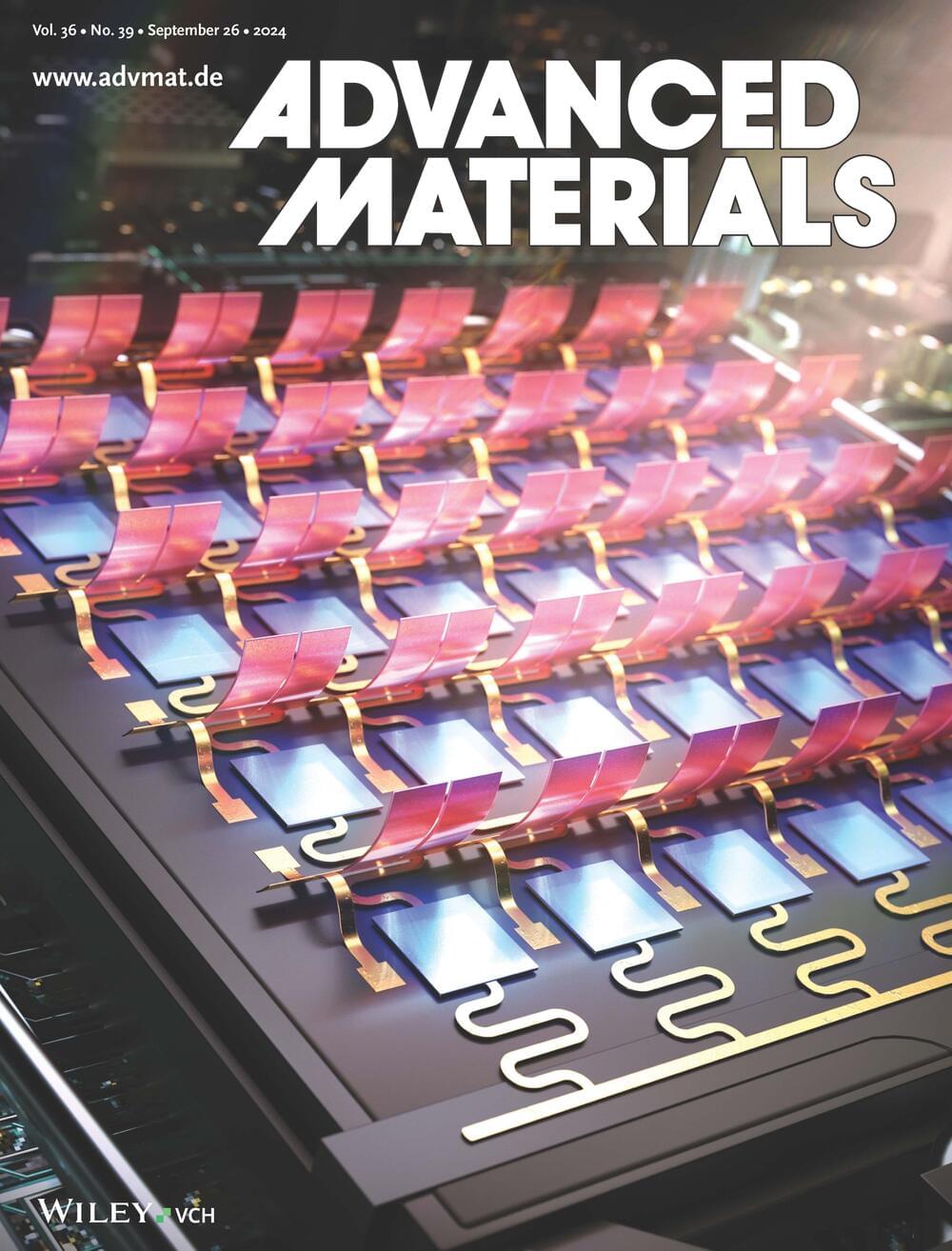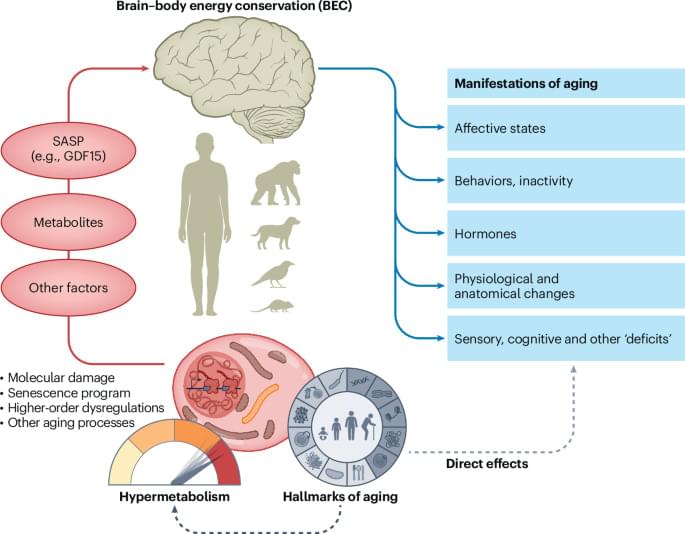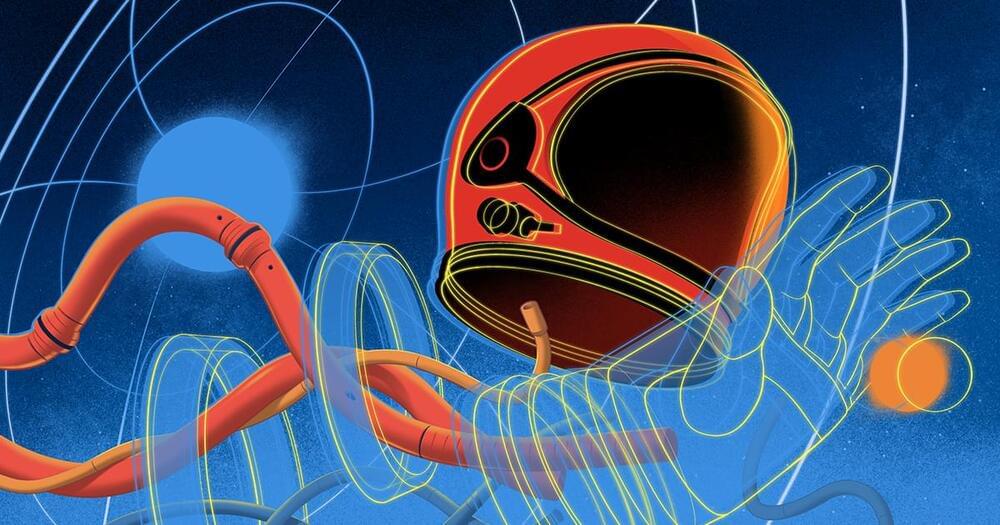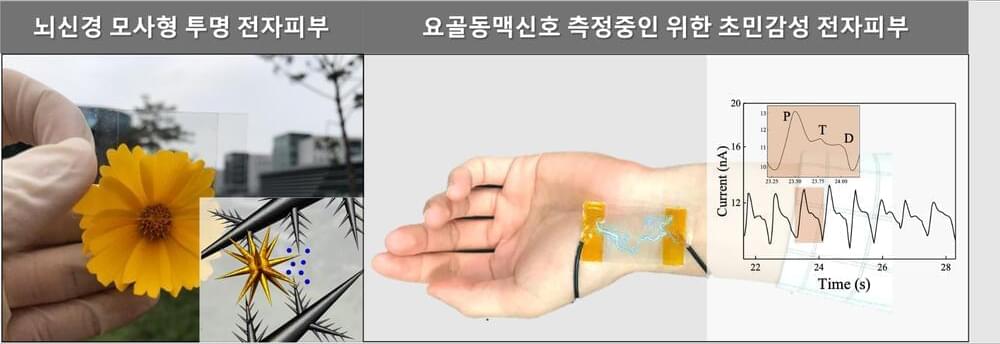A research team led by Professor Bonghoon Kim from DGIST’s Department of Robotics and Mechatronics Engineering has developed a “3D smart energy device” that features both reversible heating and cooling capabilities. Their device was recognized for its excellence and practicality through its selection as the cover article of the international journal Advanced Materials.
The team collaborated with Professor Bongjae Lee from KAIST’s Department of Mechanical Engineering and Professor Heon Lee from Korea University’s Department of Materials Science and Engineering.
Heating and cooling account for approximately 50% of the global energy consumption, contributing significantly to environmental problems such as global warming and air pollution. In response, solar absorption and radiative cooling devices, which harness the sun and outdoor air as heat and cold sources, are gaining attention as eco-friendly and sustainable solutions.







